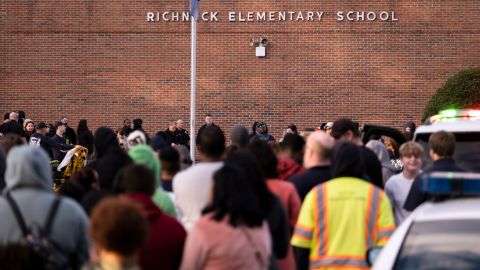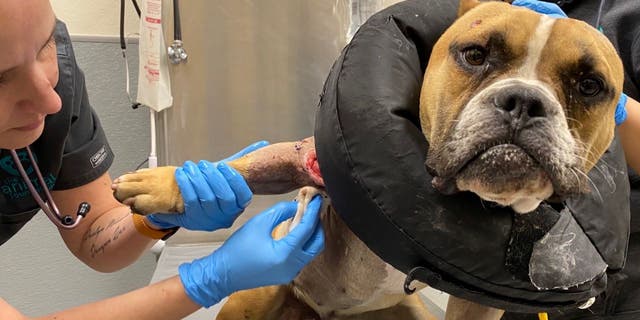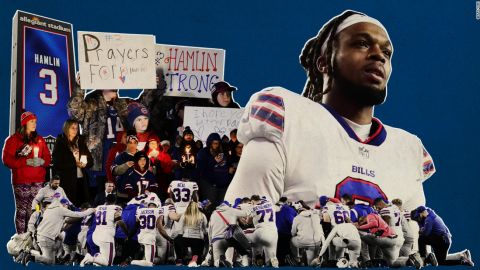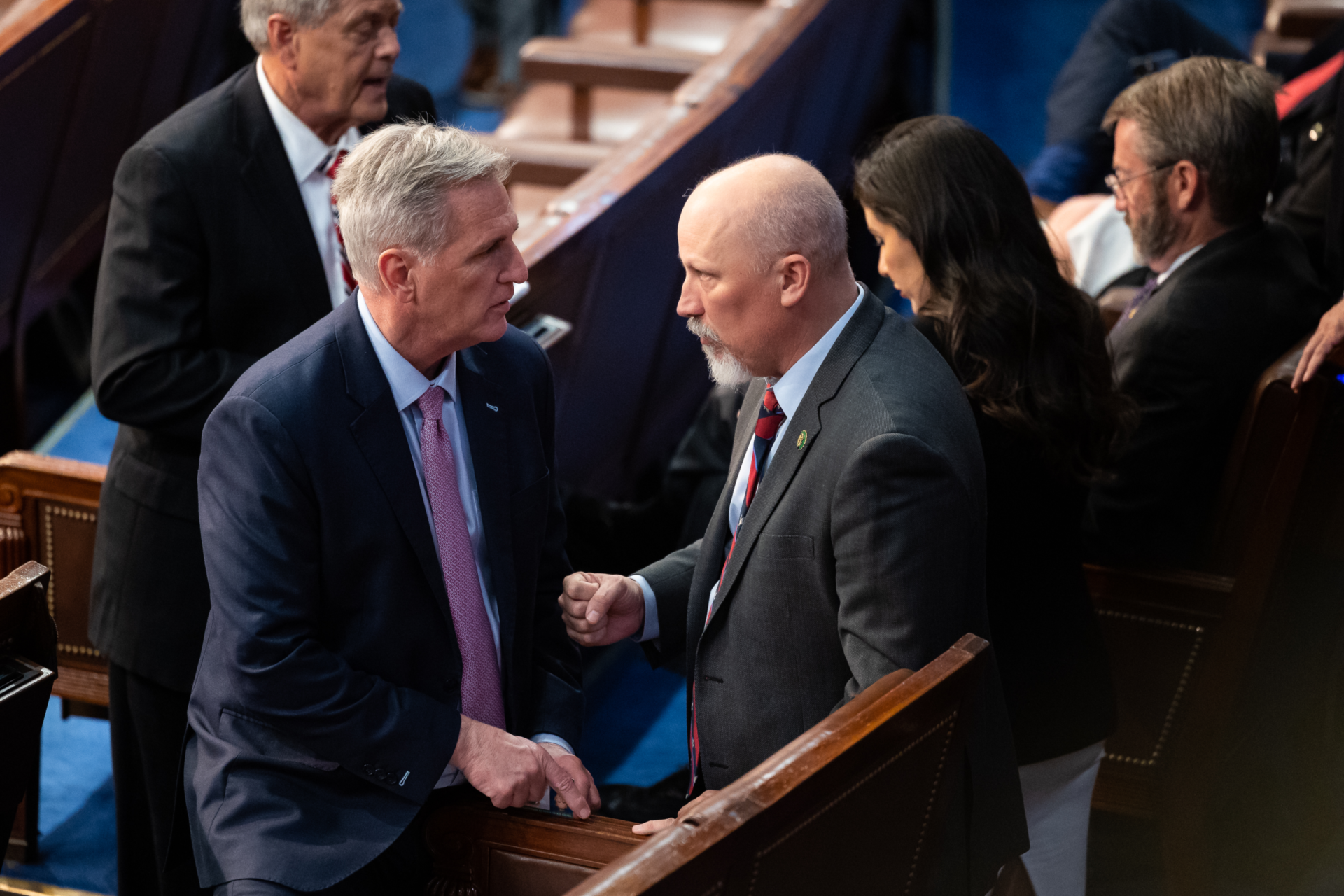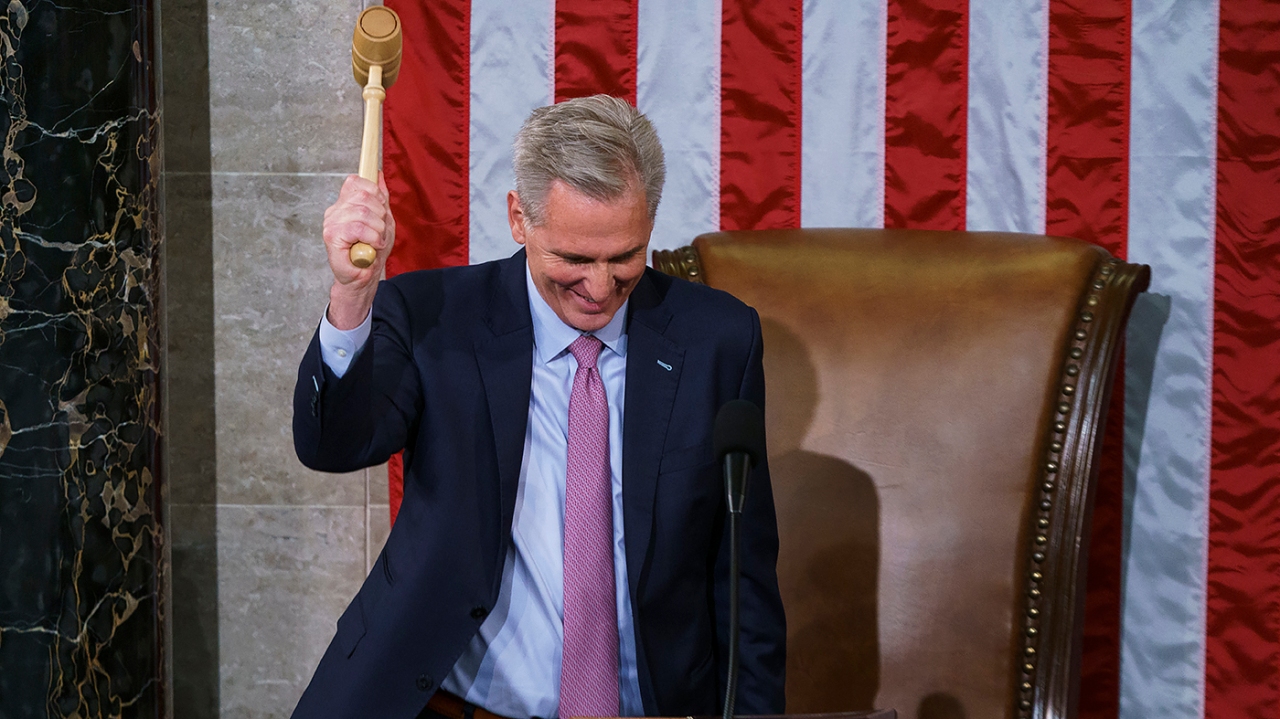CNN
—
The NFL has experienced nothing quite like the last few days.
After Damar Hamlin suffered a cardiac arrest and was rushed to the hospital, Cincinnati Bengals fans embraced their Buffalo Bills counterparts in the Paycor Stadium, men and women broke into tears, while others prayed.
Hour-by-hour, day-by-day, the emotion and concern for Hamlin’s health swelled like an ocean – the players and coaches of 32 teams, as well as NFL fans, anxiously waiting for any updates on the Bills safety’s wellbeing.
After watching the frightening event unfold, Colts rookie safety Rodney Thomas II drove from Indianapolis to Cincinnati to see his friend Hamlin. Meanwhile, NFL fans held vigils outside the University of Cincinnati Medical Center where Hamlin was sedated and intubated in the ICU.
After arriving, Thomas held his friend’s hand and talked to him.
“I know he could hear me,” said Thomas of Hamlin, whom he had met at Central Catholic High School in Pittsburgh, where the two were teammates and became close friends.
“Even if he couldn’t hear me, it didn’t matter. I said what I had to say.”
Michael Addis, professor in the department of psychology at Clark University in Worcester, Massachusetts, told CNN Sports that what we’ve witnessed over the last few days shows the sport’s evolution, a development he attributes to changing views of masculinity where men are allowed to “experience emotional vulnerability.”
“I think it’s a sign that we’re better prepared than we were a quarter of a century ago to acknowledge emotional and physical health problems in men because, of course, all that sort of traditional laws of masculinity teach us to hide that,” said Addis, who is an expert in men’s depression.
Bills quarterback Josh Allen told reporters on Thursday that the Buffalo players had been providing plenty of emotional support to each other.
“We’ve had some very open and honest and deep talks,” said Allen. “Some unbelievable, this sounds weird, but some embraces as men, just hugging somebody and actually just leaning into them. There’s been a lot of that going around and you need every bit of it, you really do.
“I think the fact that we just keep hearing good news about Damar, it just keeps pushing us forward.” added Allen, referring to Hamlin’s “substantial improvement” in the hospital.
Hamlin is able to communicate by shaking his head, nodding or writing brief notes, said University of Cincinnati Health Dr. Timothy Pritts, part of the player’s medical team.
On Friday, the Bills announced Hamlin’s breathing tube had been removed overnight and that he FaceTimed into their team meeting to talk to players and coaches. He had a simple message: “Love you boys.”
The NFL announced on Thursday that the game between the Bills and the Bengals has been canceled, though the final week of regular season action begins on Saturday, with the playoff landscape to then become clearer.
However, returning to action so quickly will be a big ask for players after such a “traumatic event,” according to Addis.
“For some people, getting back to business is what it’s all about. And it’s a healthy distraction from what they’re experiencing,” said Addis. “For other people, there’s no way that they’re going to get back to business so early.”
Cincinnati quarterback Joe Burrow said during the week that a return to action on Sunday will most likely be felt differently by his teammates.
“I’m sure if you polled the locker room there’d be mixed votes on that,” Burrow told reporters on Wednesday.
“Personally, I think playing is going to be tough, but there’s people that want to play, too, and there’s people that don’t. Personally, I probably want to play,” added Burrow.
“I think getting back to as normal as you can as fast as you can is personally how I kind of deal with these kinds of things. But like I said, everyone has a different way of dealing with it.”
Bills quarterback Allen said that while “people are going to be changed forever” from what took place on Monday, he thinks “putting that helmet back on was a really good thing for our team and just to go through that process.”
However, returning to action may be tougher for some players following Hamlin’s mid-game cardiac arrest, according to Addis, not least that they might have experienced their first “existential awakening to their own mortality.”
“These players are used to seeing broken bone. They’re used to concussion protocols,” Addis said. “This was an ordinary, run-of-the-mill play that came close to resulting in a player’s death.
“So I think for all of the players involved, as well as potentially for fans, this is a time where the risk of trigger of trauma responses is very real.
“For some of these players, depending upon experiences in their own lives, this will bring back some of those feelings.”
Over the last few years, the sporting world has become more conscious about athletes’ mental health, but as the NFL season nears its conclusion, Addis questions if players will have the time and the space to process their emotions.
“Whether that fits with the economic demands of the NFL and the fan demands, it just remains to be seen,” said Addis.
“I’m really curious to see how this all plays out, because I don’t think the institution of the sport is ready to be as flexible about this as the players might need.”
NFL commissioner Roger Goodell said in a memo to teams Tuesday that the heads of player engagement and team clinicians for all clubs have received information about mental health and support resources for players and staff.
Within 10 seconds of collapsing, Hamlin was receiving life-saving medical attention.
Bills head coach Sean McDermott said on Thursday that assistant athletic trainer Denny Kellington was the person who performed on-field CPR and saved Hamlin’s life.
This season the NFL has been widely criticized for the way it has handled player concussions, but the immediate response of medical personnel to Hamlin’s collapse has been widely praised.
That readiness to act quickly in the face of an emergency is the result of long hours of planning and preparation, according to Dr. Jonathan A. Drezner, who is director of the University of Washington’s medicine center for sports cardiology and team physician for the Seattle Seahawks.
The medical staff of NFL teams have a “a written emergency action plan,” including sudden cardiac arrest, head and neck trauma and abdominal or chest trauma, according to Drezner, who explained those plans are practised twice before the season begins – once at their practice facility and once at the stadium which hosts games.
Then in a “pre-game medical timeout,” both sets of medical staff, including additional physicians, airway management physicians and neurotrauma consultants meet with the officials an hour before kickoff of NFL matches “to make sure everyone’s on the same page to do what needs to happen in case there is emergency,” said Drezner.
“So it’s sort of planning for the ‘what ifs.’ And so I think within the NFL, we actually have quite a robust emphasis on being prepared,” added the Seahawks team physician.
“I think that was evidenced in the response that Damar Hamlin received from the medical team, both of the Buffalo Bills and the ancillary help that was available in Cincinnati. And hopefully if there is a medical emergency at any NFL game that a response like that can be replicated,” said Drezner.
Before the NFL season starts, players are subjected to annual electrocardiograms in an attempt to identify preexisting heart conditions, according to Drezner.
Teams also research players’ family history of heart disease or sudden cardiac arrest and if picked up, will then investigate further.
Drezner says he doesn’t think that the “risk factors for cardiac arrest in the NFL are different than any other sport.”
“Most sudden cardiac arrest in young competitive athletes is from a preexisting heart condition. And again, these are the types of heart condition that you look for through screening, but no screening is perfect.”
In the aftermath of Hamlin’s collapse, the whole league showed its support for the safety and the Bills, changing their social media profile pictures to say “Pray for Damar” and skylines across the country turned blue for Hamlin.
Bills general manager Brandon Beane voiced his appreciation for the support from across the NFL community over the past week, calling it a “family.”
“This week every team changed their logo on their social media page to pray for Damar, I don’t think I’ve ever seen that,” Beane told reporters.
“And, yeah we go to battle, but in the end life is the number one battle, and to see that unity from players, coaches, GMs, owners, fans is unheard of. But I think it’s a good light, it sheds a great light on the NFL. The NFL is truly a family.”




